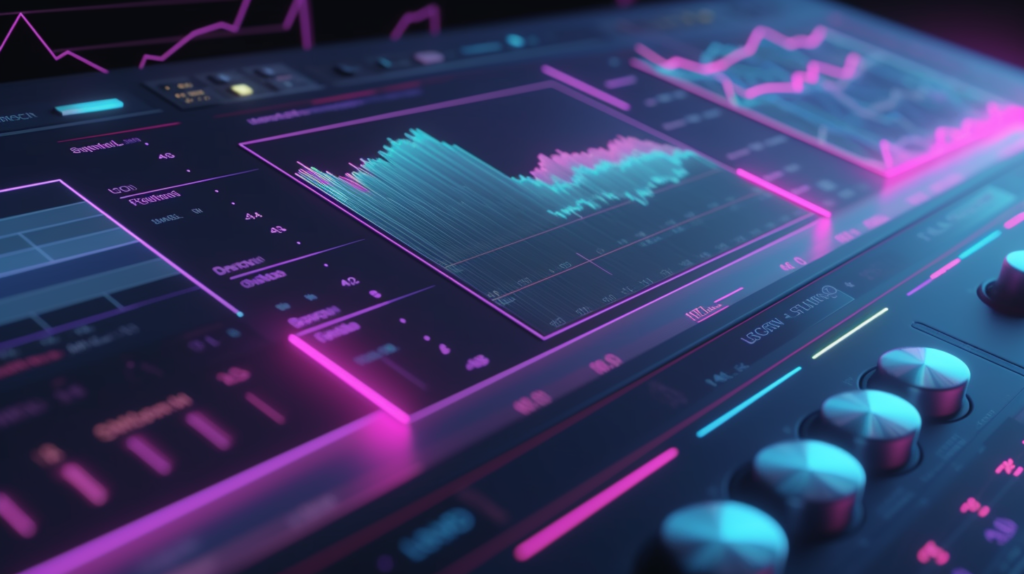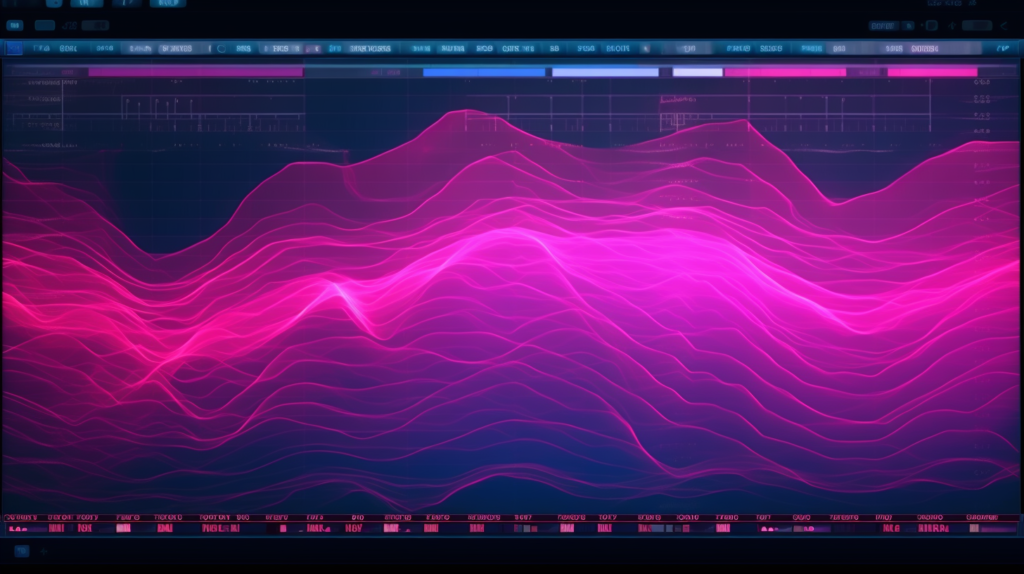
Mastering the art of creating a mix reference is essential for anyone seeking to excel in the music production world.
In this comprehensive guide, we’ll dive deep into the process of crafting a powerful mix reference that will help you achieve outstanding sonic results.
This practical knowledge is vital to elevate your mixing skills and attain audio balance in your productions.
Why Mix Reference Matters in Music Production
A mix reference serves as a benchmark to compare your mix to professionally mixed and mastered tracks in the same genre.
This comparison helps you to identify discrepancies in your mix, allowing you to make informed decisions to improve audio balance.
By analyzing the mix elements and dynamics of reference tracks, you’ll gain valuable insights into how your mix should sound and how to achieve that coveted professional quality.
Section Choosing the Right Reference Tracks
Selecting the right reference tracks is crucial for a successful mix reference. Look for tracks that embody the genre and style you’re aiming for, while also showcasing excellent mix translation and production quality.
Be sure to choose tracks with similar instrumentation, arrangement, and tempo to your own mix. This will ensure a fair comparison and help you better understand the nuances of your chosen genre.
Analyzing Mix Elements for a Balanced Sound
Once you’ve selected your reference tracks, it’s time to dissect the mix elements and learn from them. Pay close attention to the following aspects:
- Frequency Spectrum: Examine how the reference track handles the frequency spectrum, from the low-end to the high-end. This will help you create a balanced mix that complements each instrument and sound. Use an EQ !
- Dynamic Range: Study the dynamic range of the reference track and how it contributes to the overall energy and impact of the song. This knowledge will help you manage the dynamic range in your own mix for optimal results.
- Mix Translation: Listen to the reference track on different systems and in different environments. Notice how the mix translates and maintains its clarity and punch. This will teach you how to ensure your mix sounds great on various playback devices and listening environments. Pro tip: listen to the track while switching from mono to stereo to understand how important panning is in the track !
Fine-Tuning Your Listening Environment
A well-tuned listening environment is essential for accurate mix reference comparisons. Invest in quality monitors or headphones and properly position them to minimize reflections and standing waves.
Use acoustic treatment to control room modes and reflections, creating a neutral and accurate listening space. This will enable you to make critical mixing decisions with confidence.
Leveraging Mix Reference Tools and Techniques
In today’s digital age, several mix reference tools and techniques can help you compare your mix to your reference tracks. Utilize plugins like iZotope Ozone’s Tonal Balance Control or Mastering The Mix’s REFERENCE to visualize and compare frequency and dynamic content.
Employing these tools will streamline the mix reference process and ensure you’re making the right adjustments to your mix.
Cheatsheet: Mix Reference Essentials for Producers
| Step | Action |
|---|---|
| 1 | Choose reference tracks that embody your target genre, style, and production quality. |
| 2 | Analyze the mix elements of reference tracks, focusing on frequency spectrum, dynamic range, and mix translation. |
| 3 | Fine-tune your listening environment for accurate mix reference comparisons. |
| 4 | Utilize mix reference tools and techniques, such as iZotope Ozone’s Tonal Balance Control or Mastering The Mix’s REFERENCE. |
| 5 | Continuously A/B test your mix against your reference tracks, making adjustments until you achieve the desired audio balance. |
| 6 | Take breaks and revisit your mix with fresh ears to ensure objectivity in your mix decisions. |
| 7 | Listen to your mix on various playback devices and environments, ensuring consistent mix translation. |
| 8 | Embrace the mix reference process as an opportunity to learn and improve your music production skills. |
The Importance of Taking Breaks and Maintaining Objectivity
When creating a mix reference, it’s crucial to take breaks and maintain objectivity. Our ears can become fatigued, leading to poor mix decisions.
Regularly step away from your mix, allowing your ears to rest. Returning to your mix with fresh ears will provide you with new perspectives and ensure you’re making objective decisions to improve your mix’s audio balance.
Ensuring Consistent Mix Translation Across Devices
An essential aspect of a successful mix reference is ensuring that your mix translates well across various playback devices and environments.
After achieving a mix you’re satisfied with, listen to it on different systems, such as headphones, laptop speakers, and car stereos.
Make any necessary adjustments to ensure your mix maintains its clarity, punch, and energy on all playback devices.
Learning from the Mix Reference Process
The mix reference process is not only about achieving a balanced mix but also about learning and improving your music production skills.
Embrace this process as an opportunity to hone your craft and develop a deeper understanding of mixing techniques, audio balance, and genre nuances.
With practice and dedication, you’ll be well on your way to becoming a master music producer.
Conclusion
Creating a mix reference is a powerful tool for achieving stellar audio balance in your music productions. By following this comprehensive guide and implementing the strategies outlined, you’ll gain valuable insights into the art of mixing and elevate your music production skills. Embrace the mix reference process, and unlock your true potential as a music producer.





